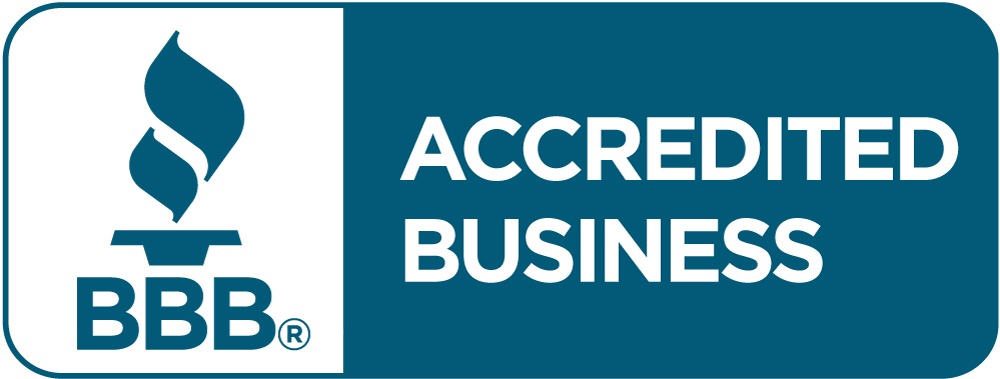
Understanding Medigap Plans: What They Are and Why They Matter
Navigating Medicare can be overwhelming, especially when it comes to understanding what’s covered—and more importantly, what isn’t. That’s where Medigap comes in. Also known as Medicare Supplement Insurance, Medigap is designed to fill the “gaps” in Original Medicare. But how do these plans work, and why might they be essential for seniors?
This guide breaks it all down.
What Are Medigap Plans?
Medigap plans are private insurance policies that help pay for healthcare costs not covered by Original Medicare (Parts A and B). These costs may include copayments, coinsurance, and deductibles. Medigap policies are standardized and labeled by letters (Plan A, B, C, D, F, G, K, L, M, and N), each offering a different level of coverage.
How Medigap Works With Original Medicare
Medigap is not a standalone policy. Instead, it works alongside your Original Medicare. After Medicare pays its share of the approved healthcare costs, your Medigap policy kicks in to cover the remaining eligible expenses. This means fewer out-of-pocket surprises and greater financial predictability for your healthcare needs.
Who Can Enroll in a Medigap Plan?
To be eligible for a Medigap plan, you must be enrolled in Medicare Part A and Part B. The best time to sign up is during your Medigap Open Enrollment Period, which starts the first month you’re 65 or older and enrolled in Part B. During this six-month window, you can purchase any Medigap policy without being denied or charged more for preexisting conditions.
What Is the Best Medigap Plan for Seniors?
Comparing Plan G, Plan N, and Plan F
The most popular Medigap plans among seniors are:
- Plan G: Offers robust coverage, including Part A deductible and coinsurance, Part B excess charges, and foreign travel emergencies (but not the Part B deductible).
- Plan N: Similar to Plan G, but with lower premiums. It requires small copays for some doctor visits and ER visits.
- Plan F: Once the most comprehensive option, Plan F covers everything Plan G does plus the Part B deductible. However, it’s only available to those who were eligible for Medicare before January 1, 2020.
Factors to Consider When Choosing a Plan
When comparing plans, think about:
- Your current health and expected medical needs
- Your budget for monthly premiums
- Frequency of doctor visits or specialized care
- Travel plans (especially if going abroad)
- Preference for predictable, no-surprise billing
What Does Medigap Cover?
Hospital Costs and Coinsurance
Medigap helps pay for hospital coinsurance and costs under Medicare Part A, including extended hospital stays beyond the 60-day mark and up to 365 additional days after Medicare benefits are used up.
Skilled Nursing Facility Care
Some Medigap plans (like G and N) cover coinsurance for skilled nursing facility care, which can become essential after a hospital stay.
Emergency Foreign Travel Coverage
Many Medigap plans include emergency coverage abroad, reimbursing 80% of costs (up to plan limits) after you pay a deductible. Original Medicare does not provide this, making Medigap a must for international travelers.
Does Medigap Cover Dental and Vision?
What’s Not Included in Medigap Coverage
Medigap does not cover routine dental, vision, hearing aids, or prescription drugs. These are considered outside the scope of “medically necessary” services under Original Medicare.
Optional Add-Ons or Separate Policies for Dental & Vision
To fill this gap, many seniors purchase separate dental and vision insurance or opt for Medicare Advantage plans that include these benefits. Alternatively, you can find affordable standalone policies or discount plans tailored to your needs.
What Are the 6 Things Medicare Doesn’t Cover?
Here are six major areas not covered by Medicare:
1. Long-Term Care
Medicare doesn’t cover custodial care in nursing homes or assisted living, which can cost thousands monthly.
2. Dental Services
Routine dental cleanings, exams, fillings, and dentures are not included.
3. Vision Care
Eye exams, glasses, and contacts for routine vision needs are excluded.
4. Hearing Aids
Medicare does not pay for hearing aids or the exams to fit them.
5. Routine Foot Care
Services like callus removal or nail trimming (unless medically necessary) are not covered.
6. Overseas Medical Care (Limited)
With few exceptions, Medicare doesn’t cover healthcare received outside the U.S.
Does Medicare Cover 100% of Hospital Bills?
Understanding Part A Deductibles and Coinsurance
Original Medicare Part A covers hospitalization, but not fully. You’re responsible for a deductible (over $1,600 in 2025) and daily coinsurance after 60 days of hospitalization.
How Medigap Helps Fill the Gaps
Plans like Medigap G and F cover these deductibles and coinsurance costs, making hospitalization more financially manageable.
What Is One of the Most Notable Gaps in Medicare Coverage?
The Lack of Long-Term Care Coverage
One of the biggest gaps is long-term care, such as extended stays in nursing homes or help with daily activities like bathing or dressing. Medicare only covers short-term rehabilitative stays, not ongoing custodial care.
Planning Ahead With Supplementary Insurance
To prepare, consider long-term care insurance or hybrid life insurance policies with long-term care benefits. Medigap will not cover these services, so financial planning is key.
How to Choose the Right Medigap Plan
When to Enroll for Best Rates
The best time to buy a Medigap plan is during your open enrollment period, when insurers can’t deny you for preexisting conditions or charge higher premiums. After this window, you may face underwriting.
Working With a Licensed Medicare Insurance Agent
A licensed agent can help you compare plans, premiums, and benefits side-by-side. They’re knowledgeable about state-specific options and can explain which plans best match your budget and healthcare needs.
Final Thoughts on Medigap Plans
Bridging the Coverage Gaps With Confidence
Medigap offers peace of mind by covering the expenses that Original Medicare leaves behind. While not all-encompassing, it’s a solid foundation for protecting your health and your finances.
Get Help Comparing Medigap Plans Near You
There’s no one-size-fits-all. Take time to compare options, or better yet, consult a licensed Medicare insurance expert who can help you make a confident, informed decision.
Contact JP Maven
If you’re nearing retirement or already enrolled in Medicare, don’t leave your health—or wallet—unprotected. Medigap plans are key to bridging the coverage gaps in Medicare, giving you better control over your healthcare spending and peace of mind for the future.
Ready to compare Medigap plans and find the one that’s right for you? Contact us!










